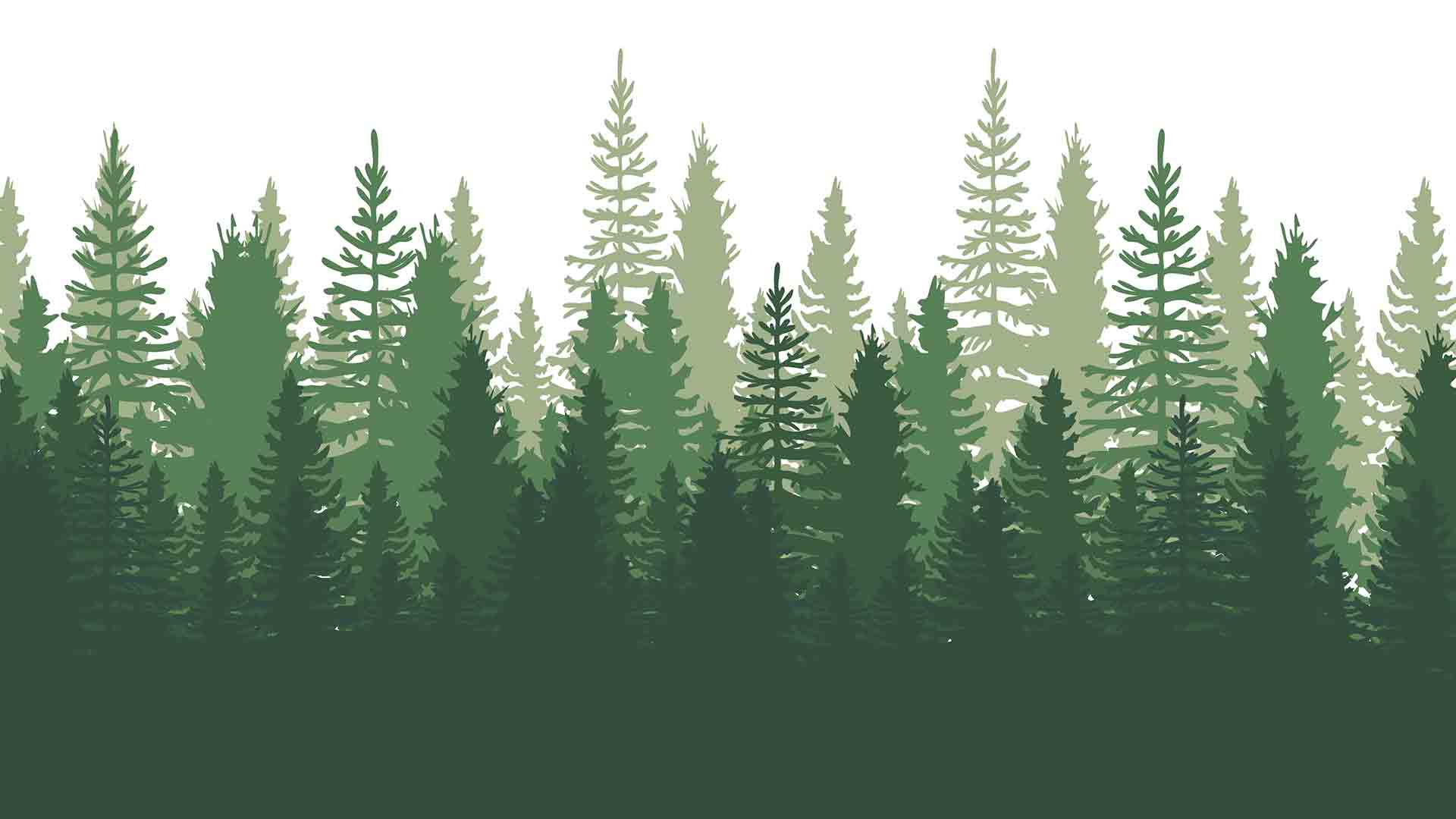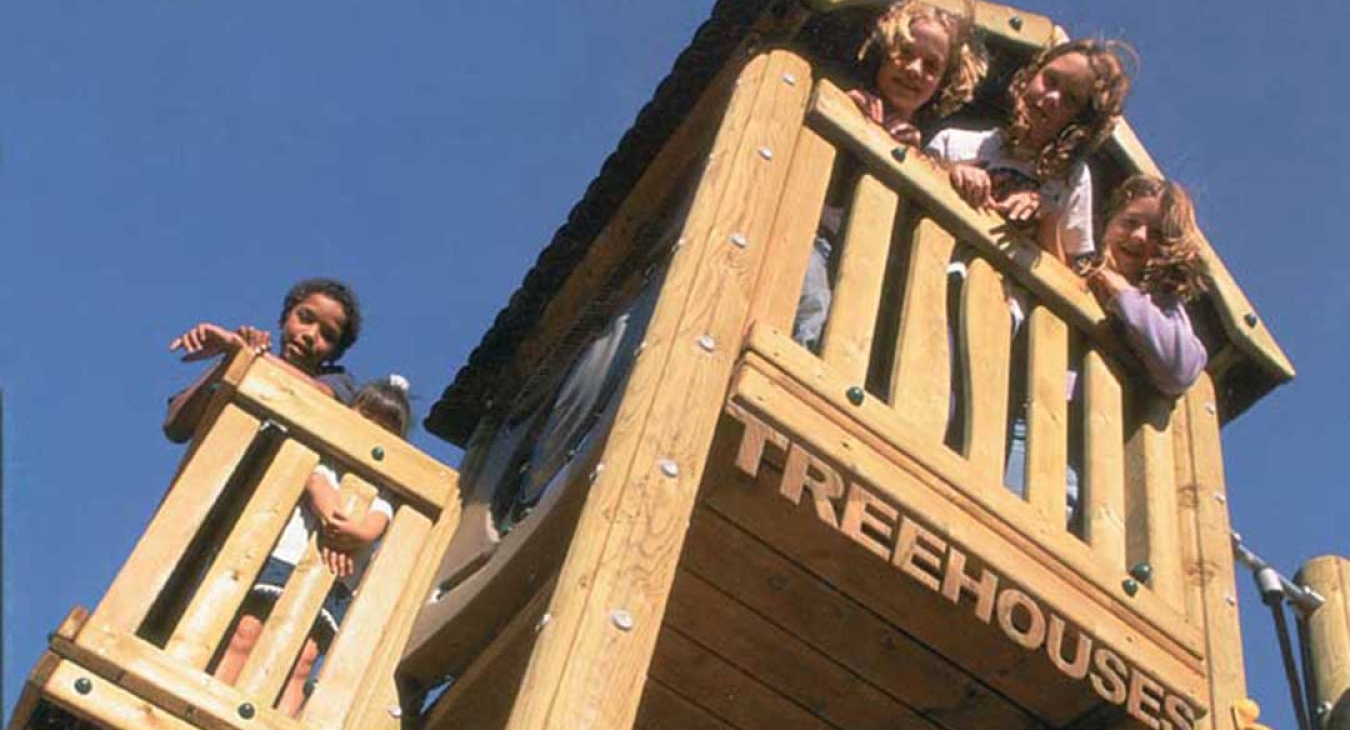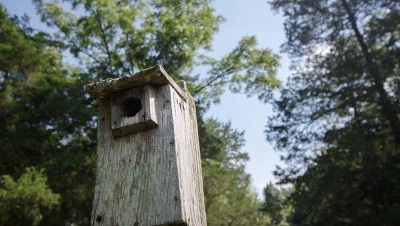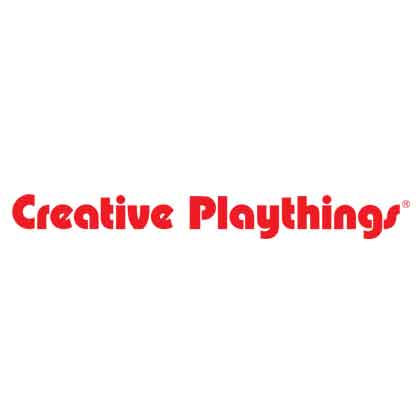Solutions, Trends and an Industry's Future
The wood materials segment of the play equipment market has had its share of hard knocks in recent decades. Some of it stems from discoveries inferring health hazards due to certain preservative applications. More of it, one could argue, has come from a perpetual wave of bad press that has blown whistles and sounded alarms, but has done little to publicize what the industry has done to overcome its challenges or provide proof of these claims.
Tackling Treatment Health Hazards
What hasn’t been ignored is the buzz terminology, which has become rooted in the park and recreation lexicon. “Arsenic” for one. “CCA” for another. (The term “pressure treatment" is regularly used to refer to CCA treatment, but in fact is a manufacturing process, not a preservative type. Materials other than CCA are often applied to wood through pressure treatment).
As we’ve reiterated in other posts, CCA (chromated copper arsenate) is an insecticide and preservative and has proven itself over the years to be an effective control for termites and ground rot. The drawback is that CCA has been shown to migrate to the wood’s surface, and in some cases could be ingested via hand-to-mouth contact. Not good news at all for a structure frequented by the orally fixated eight-and-under crowd.
Thankfully, one of the most proactive sources in addressing this issue has been the wooden play structure industry itself. Several companies have worked closely with park and recreation agencies and other groups to assess and act on the latest and most accurate information possible. In addition, the industry has played a leading role in the development of alternative treatments for its products.
A perfect case in point comes from BigToys, a 50-year veteran builder of wooden modular play equipment.
In February of 2002, the Environmental Protection Agency announced a voluntary industry phase-out of the use of CCA in the treatment of most commercial lumber in the U.S. by the year 2004. Six months prior to the announcement, however, the manufacturing process for BigToys wood products was changed to a conditioning formula that contained no arsenate or heavy metals. This alternatively conditioned wood has since proven to offer the same lasting durability as CCA, with a process that releases no air pollutants or wastewater, and uses recycled materials.
Not surprisingly, BigToys went on to applaud the agreement by the wood preservative industry and the EPA, noting that this announcement “will benefit many wood products manufacturers as more companies follow our lead and make the alternative we use more common and more affordable.”
Specifically, BigToys switched to copper azole conditioned wood. This product is an arsenic and chromium-free wood preservative that has been used in Europe since 1992.
“In a continuing effort to provide children with the safest and highest quality playground equipment possible, and to emphasize our position as responsible stewards of our natural resources, we found copper azole a natural addition to our manufacturing process,” noted Tim Madeley, then Owner and President of BigToys. “In addition to helping to sustain our forests by creating a product that lasts up to five times longer than untreated products, we’re excited to offer to our customers an enhanced product that encompasses our commitment to quality play and furthers the standards of safety in the playground industry.”
Sounds like a good call, but what exactly is this stuff?
Copper, derived from recycled sources, is the principal active ingredient, protecting against termites and fungal decay. Protection against copper-tolerant fungi is provided by an organic azole, Preventol A8 from Bayer Chemicals, which is also used to protect many of the foods we eat such as fruit, peanuts, and wheat. The formulation renders the wood useless as a food source for termites and fungi while keeping the wood attractive, clean and odorless.
Then there is the bigger question: is it safe? A comprehensive study of occupational, residential, and playground uses of wood pressure-treated with copper azole preservative has concluded that no adverse health effects are expected.
Believed to be the first independent human health risk assessment of the new generation of treated wood products, the study was commissioned by Bayer and conducted by Gradient Corporation, a noted environmental and toxicological consulting firm.
Based on the EPA's evaluation of the toxicity studies for Preventol A8, Gradient assessed potential health risks for exposures to copper azole-treated wood. The risk assessment evaluated four different scenarios: occupational (e.g., adult builders), resident do-it-yourselfer, short-term (child) and long-term (child to adult) resident, and playground (child and teenager). A number of different exposures (e.g., inhalation, incidental ingestion, exposure to the skin) were assessed and aggregated in each of these scenarios. The highest potential risk was estimated to be 17 times lower than the level that the EPA uses as a safety benchmark.
At least two other types of preservative also deserve mention here.
Like copper azole, alkaline copper quat (ACQ) has a long track record abroad as an effective treatment. Used for more than 15 years in Europe and Asia, it is a fixed preservative approved for full exposure to above-ground, ground-level, and freshwater applications. Trade names include Preserve and Nature Wood.
Then there are sodium borates, which were put into use as long ago as 1950 in New Zealand. They are an above-ground, diffusible preservative—restricted in use to applications where there is uniform protection from liquid water, like enclosed structural framing.
Research and development accomplishments aside, the wood segment has been feeling a pinch in recent years—either due to environmental concerns or the advent of new materials—regarding the basic attributes of community-park wood construction in general and public playgrounds in particular.
“When designing a project, sometimes it’s a tough sell to get wood into the design,” notes Boise, Idaho-based park consultant Thom Baenes. “The concerns are out there. But the information isn’t. Not enough of it, anyway.” The misinformation is unfortunate and unnecessary, he adds. “Wood construction adds a look of distinction, and it’s cost-effective, too. It adds a sense of authenticity to the community around it.”
But again, the repetitive ring of health-related and environmental alarm bells has taken its toll.
A Beautiful and Sustainable Option
“When was the last time anyone voiced the good points about wood,” asks Scott Ramsey, sales and marketing director for Big Toys. “Just as an example, one thing you can’t overlook about wood, it’s a renewable resource. It’s also a natural material that complements the wooded settings of many parks better than metal or plastic.”
Indeed it is. And indeed it does.
For such purposes, wood is the only sustainable building material out there. In fact, wood works in a variety of ways to help improve the environment and conserve resources. The Southern Pine Council makes two excellent points from this perspective:
- We can’t grow more steel, concrete or plastic.
- We are not running out of trees.
Contrary to popular opinion, the latter point has statistics to back it up. Thanks to sustainable forestry practices, North America has more total acreage planted in trees than it did more than seven decades ago.
None of this is to say the advancements in alternative materials haven’t earned their place in the modern world of play structure design. It’s equally fair to say that the wood segment of the market is just that—a segment, perhaps even more of a niche when compared it its near-exclusive use in years passed.
At any rate, the future of wood playground development does hold promise.
The resources for research and product development are on hand, and the health concerns are being tackled. Combining such efforts with the ongoing community sentiment for more natural, integrated park settings, and we may see wood playing a bigger part in the playground facilities for the years to come.
Note: Source material for this article includes excerpt information from the Environmental Protection Agency, the National Recreation and Park Association and Conrad Forest Products.











Add new comment